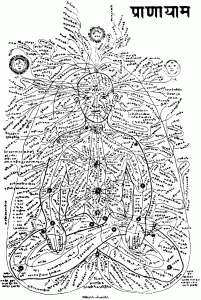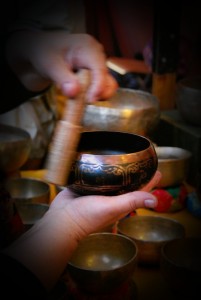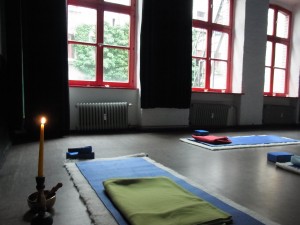
free or cheap wellness in Berlin
In Germany, everyone is legally supposed to have health insurance. Unfortunately, it is not a universal health care system: rather, insurance is verdammnt expensive and is only available to documented people—and the most recent estimates suggest that up to 1 million undocumented migrants are living in Germany. In addition, there are plenty of people who have health needs which are not covered by their insurance. That is a lot of people with their health needs not getting met. What a stupid situation! What dumb laws! (If you’re trying to find your way through it, you can read more here.)
And they wonder why we feel like fuck the law…
Anyway, so, there is a lot of demand for cheap or free health services in Berlin, especially in languages other than German. We see this a lot at English Yoga Berlin, because so many of our students are new migrants or expats in Germany and they often feel disoriented and uncertain. It often takes a long time to find what you need in a new country, and online lists make things easier! Teaching yoga in Berlin has brought us into contact with a lot of cool, free or cheap health services available. We teach yoga in Kreuzberg, so we’ve highlighted services in that area. And we offer yoga in English, so we’ve tried to find services that are English-speaking, too.
So here is our list…
The Gesundheitsamt system in Berlin offers a series of free clinics. They are usually really crowded but it only costs 10euro and you can get STI testing, dentistry, pregnancy tests, psychiatric help etc. You do need to bring some kind of identification but you don’t need insurance, and they’re legally obligated to keep your data private. Make sure you arrive early, because you will have to wait for a couple of hours. If you can, bring a German speaking friend or support person. You can see all of the various clinics and their opening hours and specialities here (in German).
The Selbstverwaltete Heilpraktikerschule (Autonomous Naturopath Training Programme) at the Bethanien offers some cool free or low-cost services. They have a Massage Abend where you can get a back, foot or shiatsu massage for 5euro (schedule here). They also do affordable homeopathy, traditional Chinese medicine and herbal medicine consultations on Mondays and Fridays.
Berlin Community Akupunktur offers sliding scale acupuncture (17e to 35e).
Friedelpraxis is a collective that offers non-commercialized osteopathy andTCM (traditional Chinese medicine) in Berlin. To become a member of the practice, you choose a fixed monthly rate that you can pay. You can get in touch and make an arrangement with one or more of the folks in the collective.
Every Wednesday from 11h until 13, Autocuratio offers Natural healing advice and treatment (nutritional advice, ear acupuncture, massage, spinal adjustment) at Zielona Gora (Gruenbergerstr 73).
The Berliner Krisen Dienst offers emergency mental health counselling that is anonymous and multilingual. You can ring them anytime, and here are the phone numbers.
Multilingual, free peer counselling for women is available at women’s centres like Paula Panke, Schokofabrik, Frieda and EWA. You can see a whole list here.
The FFGZ in Schoeneberg (Feminist Health Centre for Women) offers counselling and other health resources. They specialize in reproductive and women’s health.
Health and wellbeing is strongly linked to relaxation, and that is why saunas are so amazing and important. You might feel a bit uncomfortable at first with the naked part, but you’ll get used to it. The Berlin Baederbetriebe has an amazing array of saunas and pools. If you have some cash to drop, the Liquidrom is a cool, salt water based spa and sauna.
Heile Haus e.V. is a former squat that is now a grassroots community health centre. They offer workshops, individual consultations, sports and dance, language courses, a little cafe and a bathroom/shower/washing machine area that people can use.
Another very good resource for people with longer term medical conditions is the ARTABANA network. It’s a decentralized non profit network of medical health professionals and other healers who provide free, confidential services all across Deutschland for those without insurance, or without adequate insurance. The Medibuero fuer Fluchtlinge is a network of medical professionals that treat refugees and undocumented people free and anonymously.
We offer Hatha Yoga in English, Vinyasa Yoga in English, Restorative Yoga in English and Classical Yoga in English and Spanish. All of these classes are available for a reduced price—just ask one of us at the studio. If you know of other cheap or free health services in Berlin, please let us know and we will add them to this list!















